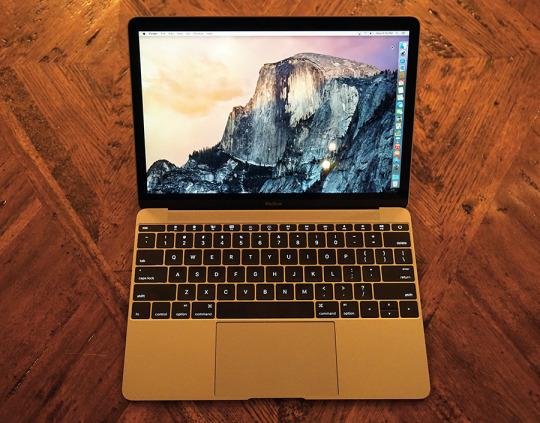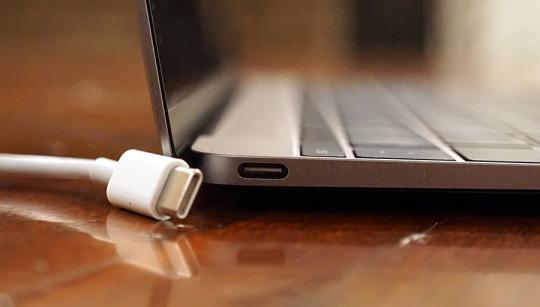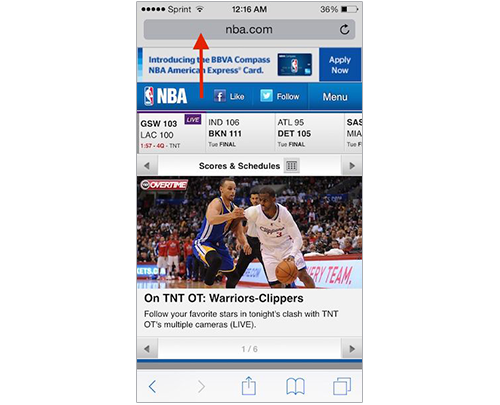Reviewed: The Thinnest, Loveliest MacBook You’ll Never Buy
It’s so easy to blast Apple for sacrificing utility in the name of beautiful design. Everybody does it every time a new Apple product comes out.
The iPhone, 2007: “No keys! No memory card! No removable battery! Doomed!”
The MacBook Air, 2008: “No DVD drive! No hard drive! Doomed!”
The iPad, 2010: “No USB ports! No expansion! Doomed!”
But time passes. The tumult dies down, the product becomes a huge hit, and rival companies soon embrace exactly the same design.
This Friday, you’ll be able to buy the company’s latest product, the MacBook. Not the MacBook Air, not the MacBook Pro (both of which will remain for sale). Just MacBook.
Yes, the cycle of “Doomed!” is about to begin again. I know this cycle too well. I’ve lived through it over and over. And even so, this time, when I behold this new 12-inch MacBook, I want to shout: “This time, you’ve really gone too far!”

I mean, no jacks at all!?
That’s correct. No standard USB jacks, no video output jacks, no memory card slot, no Thunderbolt port, no Ethernet.
On top of all that, Apple has the gall to introduce another MacBook power connector. With this model, Apple has abandoned the MagSafe connector (both versions of it), the magnetic charging plug that doesn’t drag your laptop to the floor when someone trips on it.

When Apple unveiled MagSafe, Steve Jobs hailed it as a triumph of clever engineering and common sense. And now suddenly MagSafe is dropped like chopped liver.
Meet the MacBook
OK, well, that’s the bad news.
The good news is that this laptop looks amazing. It is crazy thin, light, and small. It’s available in three aluminum hues (a first for Apple) — standard silver, gold, and gray. The gray looks wicked great.





